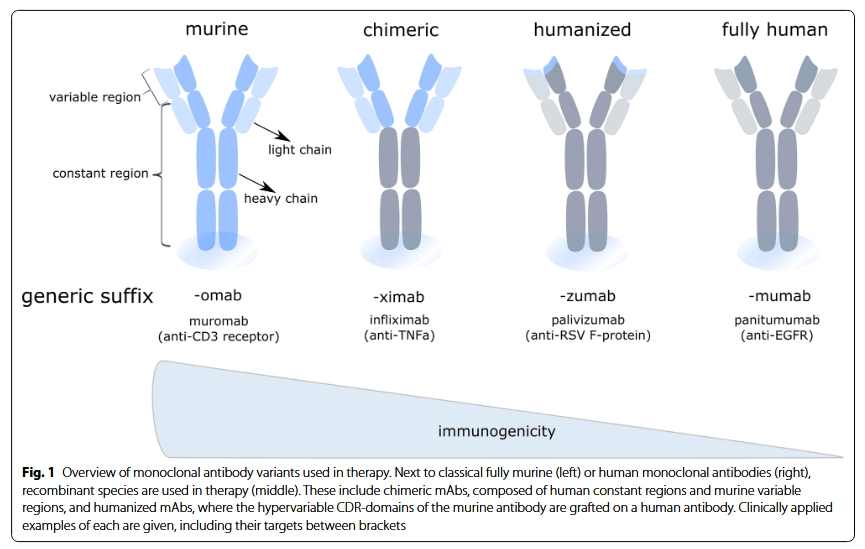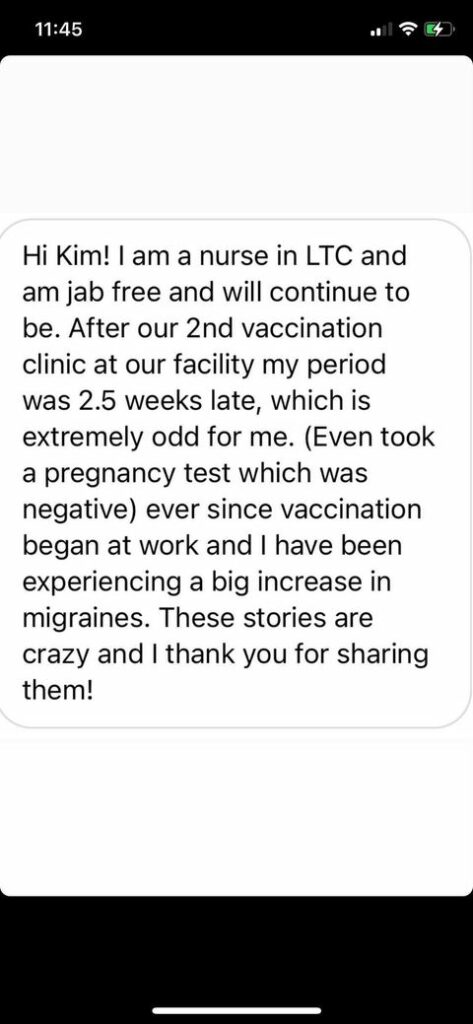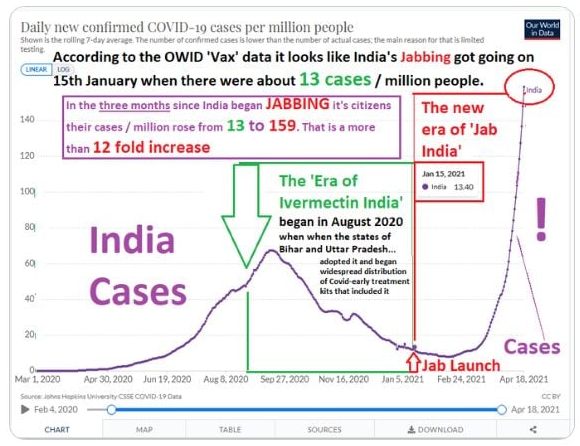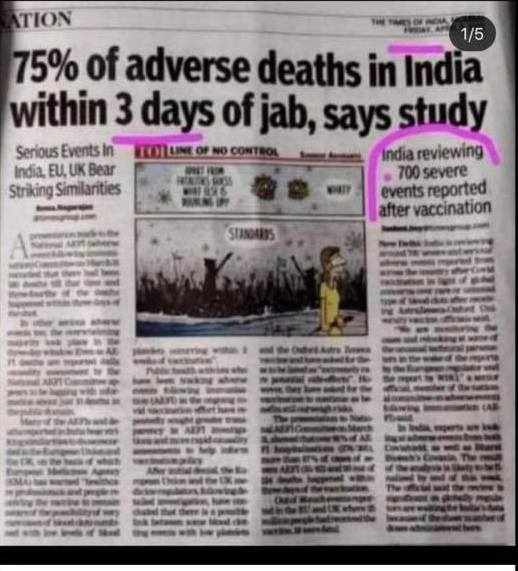|
1931:
Dr. Cornelius Rhoads, under the auspices of the Rockefeller Institute for Medical Investigations, infects human subjects with cancer cells. He later goes on to establish the U.S. Army Biological Warfare facilities in Maryland, Utah, and Panama, and is named to the U.S. Atomic Energy Commission. While there, he begins a series of radiation exposure experiments on American soldiers and civilian hospital patients.
1932:
The Tuskegee Syphilis Study begins. 200 black men diagnosed with syphilis are never told of their illness, are denied treatment, and instead are used as human guinea pigs in order to follow the progression and symptoms of the disease. They all subsequently die from syphilis, their families never told that they could have been treated.
1935:
The Pellagra Incident. After millions of individuals die from Pellagra over a span of two decades, the U.S. Public Health Service finally acts to stem the disease. The director of the agency admits it had known for at least 20 years that Pellagra is caused by a niacin deficiency but failed to act since most of the deaths occured within poverty-striken black populations.
1940:
Four hundred prisoners in Chicago are infected with Malaria in order to study the effects of new and experimental drugs to combat the disease. Nazi doctors later on trial at Nuremberg cite this American study to defend their own actions during the Holocaust.
1942:
Chemical Warfare Services begins mustard gas experiments on approximately 4,000 servicemen. The experiments continue until 1945 and made use of Seventh Day Adventists who chose to become human guinea pigs rather than serve on active duty.
1943:
In response to Japan's full-scale germ warfare program, the U.S. begins research on biological weapons at Fort Detrick, MD.
1944: U.S. Navy uses human subjects to test gas masks and clothing. Individuals were locked in a gas chamber and exposed to mustard gas and lewisite.
1945: Project Paperclip is initiated. The U.S. State Department, Army intelligence, and the CIA recruit Nazi scientists and offer them immunity and secret identities in exchange for work on top secret government projects in the United States.
1945: "Program F" is implemented by the U.S. Atomic Energy Commission (AEC). This is the most extensive U.S. study of the health effects of fluoride, which was the key chemical component in atomic bomb production. One of the most toxic chemicals known to man, fluoride, it is found, causes marked adverse effects to the central nervous system but much of the information is squelched in the name of national security because of fear that lawsuits would undermine full-scale production of atomic bombs.
1946: Patients in VA hospitals are used as guinea pigs for medical experiments. In order to allay suspicions, the order is given to change the word "experiments" to "investigations" or "observations" whenever reporting a medical study performed in one of the nation's veteran's hospitals.
1947: Colonel E.E. Kirkpatrick of the U.S. Atomic Energy Comission issues a secret document (Document 07075001, January 8, 1947) stating that the agency will begin administering intravenous doses of radioactive substances to human subjects.
1947: The CIA begins its study of LSD as a potential weapon for use by American intelligence. Human subjects (both civilian and military) are used with and without their knowledge.
1950: Department of Defense begins plans to detonate nuclear weapons in desert areas and monitor downwind residents for medical problems and mortality rates.
1950: In an experiment to determine how susceptible an American city would be to biological attack, the U.S. Navy sprays a cloud of bacteria from ships over San Franciso. Monitoring devices are situated throughout the city in order to test the extent of infection. Many residents become ill with pneumonia-like symptoms.
1951: Department of Defense begins open air tests using disease-producing bacteria and viruses. Tests last through 1969 and there is concern that people in the surrounding areas have been exposed.
1953: U.S. military releases clouds of zinc cadmium sulfide gas over Winnipeg, St. Louis, Minneapolis, Fort Wayne, the Monocacy River Valley in Maryland, and Leesburg, Virginia. Their intent is to determine how efficiently they could disperse chemical agents.
1953: Joint Army-Navy-CIA experiments are conducted in which tens of thousands of people in New York and San Francisco are exposed to the airborne germs Serratia marcescens and Bacillus glogigii.
1953: CIA initiates Project MKULTRA. This is an eleven year research program designed to produce and test drugs and biological agents that would be used for mind control and behavior modification. Six of the subprojects involved testing the agents on unwitting human beings.
1955: The CIA, in an experiment to test its ability to infect human populations with biological agents, releases a bacteria withdrawn from the Army's biological warfare arsenal over Tampa Bay, Fl.
1955: Army Chemical Corps continues LSD research, studying its potential use as a chemical incapacitating agent. More than 1,000 Americans participate in the tests, which continue until 1958.
1956: U.S. military releases mosquitoes infected with Yellow Fever over Savannah, Ga and Avon Park, Fl. Following each test, Army agents posing as public health officials test victims for effects.
1958: LSD is tested on 95 volunteers at the Army's Chemical Warfare Laboratories for its effect on intelligence.
1960: The Army Assistant Chief-of-Staff for Intelligence (ACSI) authorizes field testing of LSD in Europe and the Far East. Testing of the european population is code named Project THIRD CHANCE; testing of the Asian population is code named Project DERBY HAT.
1965: Project CIA and Department of Defense begin Project MKSEARCH, a program to develop a capability to manipulate human behavior through the use of mind-altering drugs.
|
1965: Prisoners at the Holmesburg State Prison in Philadelphia are subjected to dioxin, the highly toxic chemical component of Agent Orange used in Viet Nam. The men are later studied for development of cancer, which indicates that Agent Orange had been a suspected carcinogen all along.
1966: CIA initiates Project MKOFTEN, a program to test the toxicological effects of certain drugs on humans and animals.
1966: U.S. Army dispenses Bacillus subtilis variant niger throughout the New York City subway system. More than a million civilians are exposed when army scientists drop lightbulbs filled with the bacteria onto ventilation grates.
1967: CIA and Department of Defense implement Project MKNAOMI, successor to MKULTRA and designed to maintain, stockpile and test biological and chemical weapons.
1968: CIA experiments with the possibility of poisoning drinking water by injecting chemicals into the water supply of the FDA in Washington, D.C.
1969: Dr. Robert MacMahan of the Department of Defense requests from congress $10 million to develop, within 5 to 10 years, a synthetic biological agent to which no natural immunity exists.
1970: Funding for the synthetic biological agent is obtained under H.R. 15090. The project, under the supervision of the CIA, is carried out by the Special Operations Division at Fort Detrick, the army's top secret biological weapons facility. Speculation is raised that molecular biology techniques are used to produce AIDS-like retroviruses.
1970: United States intensifies its development of "ethnic weapons" (Military Review, Nov., 1970), designed to selectively target and eliminate specific ethnic groups who are susceptible due to genetic differences and variations in DNA.
1975: The virus section of Fort Detrick's Center for Biological Warfare Research is renamed the Fredrick Cancer Research Facilities and placed under the supervision of the National Cancer Institute (NCI) . It is here that a special virus cancer program is initiated by the U.S. Navy, purportedly to develop cancer-causing viruses. It is also here that retrovirologists isolate a virus to which no immunity exists. It is later named HTLV (Human T-cell Leukemia Virus).
1977: Senate hearings on Health and Scientific Research confirm that 239 populated areas had been contaminated with biological agents between 1949 and 1969. Some of the areas included San Francisco, Washington, D.C., Key West, Panama City, Minneapolis, and St. Louis.
1978:Experimental Hepatitis B vaccine trials, conducted by the CDC, begin in New York, Los Angeles and San Francisco. Ads for research subjects specifically ask for promiscuous homosexual men.
1981: First cases of AIDS are confirmed in homosexual men in New York, Los Angeles and San Francisco, triggering speculation that AIDS may have been introduced via the Hepatitis B vaccine
1985: According to the journal Science (227:173-177), HTLV and VISNA, a fatal sheep virus, are very similar, indicating a close taxonomic and evolutionary relationship.
1986: According to the Proceedings of the National Academy of Sciences (83:4007-4011), HIV and VISNA are highly similar and share all structural elements, except for a small segment which is nearly identical to HTLV. This leads to speculation that HTLV and VISNA may have been linked to produce a new retrovirus to which no natural immunity exists.
1986: A report to Congress reveals that the U.S. Government's current generation of biological agents includes: modified viruses, naturally occurring toxins, and agents that are altered through genetic engineering to change immunological character and prevent treatment by all existing vaccines.
1987: Department of Defense admits that, despite a treaty banning research and development of biological agents, it continues to operate research facilities at 127 facilities and universities around the nation.
1990: More than 1500 six-month old black and hispanic babies in Los Angeles are given an "experimental" measles vaccine that had never been licensed for use in the United States. CDC later admits that parents were never informed that the vaccine being injected to their children was experimental.
1994: With a technique called "gene tracking," Dr. Garth Nicolson at the MD Anderson Cancer Center in Houston, TX discovers that many returning Desert Storm veterans are infected with an altered strain of Mycoplasma incognitus, a microbe commonly used in the production of biological weapons. Incorporated into its molecular structure is 40 percent of the HIV protein coat, indicating that it had been man-made.
1994: Senator John D. Rockefeller issues a report revealing that for at least 50 years the Department of Defense has used hundreds of thousands of military personnel in human experiments and for intentional exposure to dangerous substances. Materials included mustard and nerve gas, ionizing radiation, psychochemicals, hallucinogens, and drugs used during the Gulf War .
1995: U.S. Government admits that it had offered Japanese war criminals and scientists who had performed human medical experiments salaries and immunity from prosecution in exchange for data on biological warfare research.
1995: Dr. Garth Nicolson, uncovers evidence that the biological agents used during the Gulf War had been manufactured in Houston, TX and Boca Raton, Fl and tested on prisoners in the Texas Department of Corrections.
1996: Department of Defense admits that Desert Storm soldiers were exposed to chemical agents.
1997: Eighty-eight members of Congress sign a letter demanding an investigation into bioweapons use & Gulf War Syndrome.
original
|




































